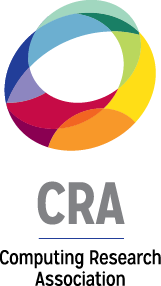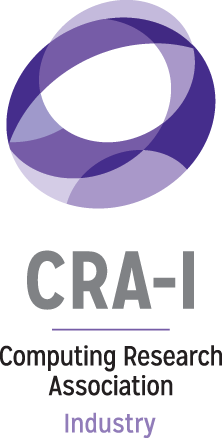President’s Budget Includes Increases for Fundamental Research, Computing
Despite several years of relatively flat or declining budgets, several federal science agencies, including four crucial to computing researchers, are poised for healthy increases in funding after President George W. Bush included the agencies in a surprising new budget initiative aimed at improving future U.S. competitiveness.







